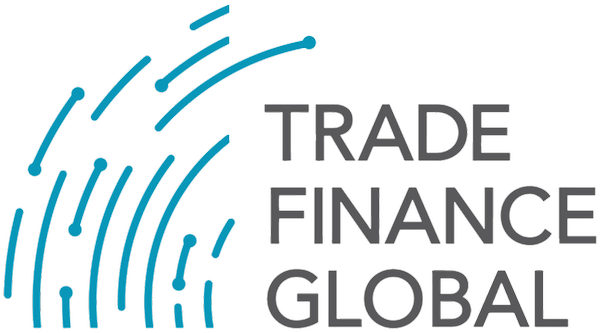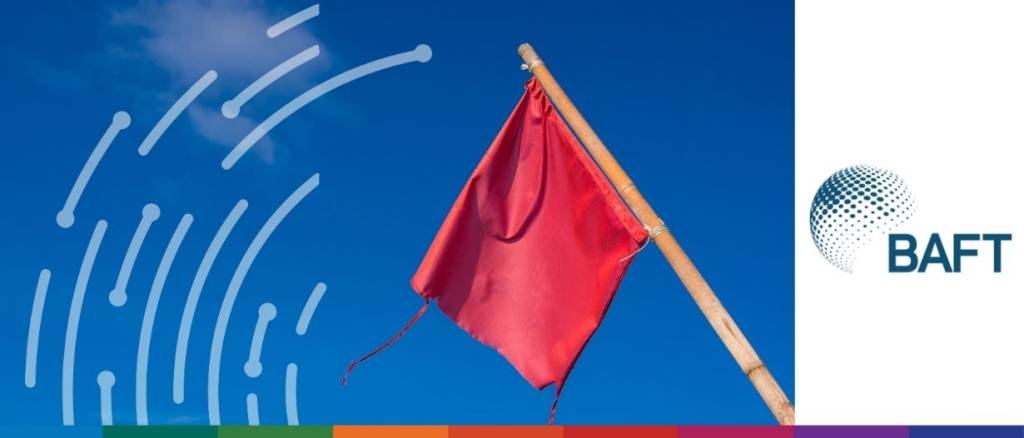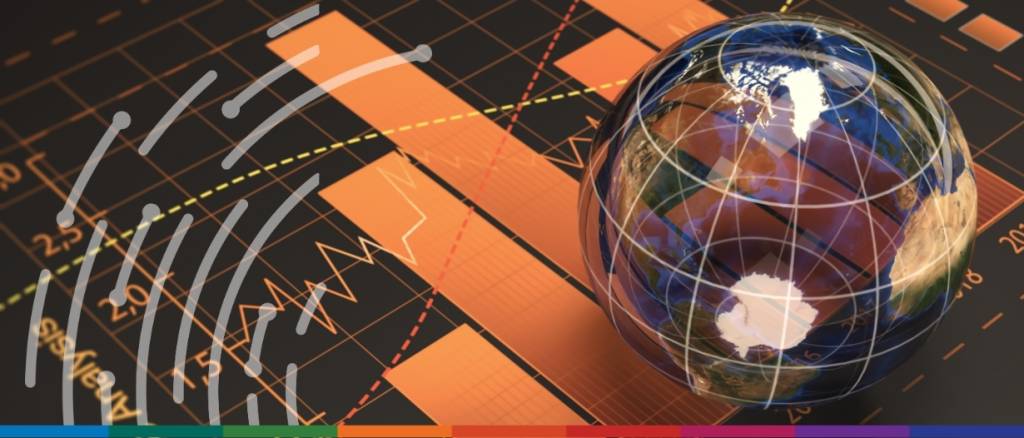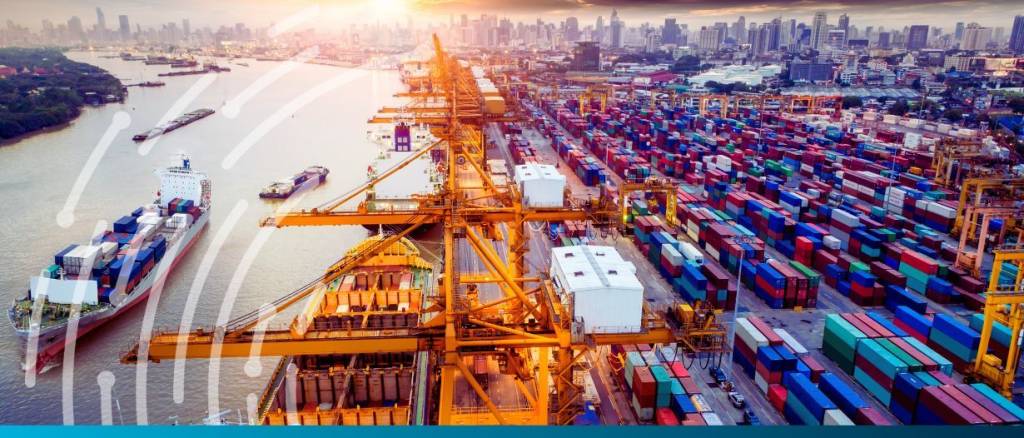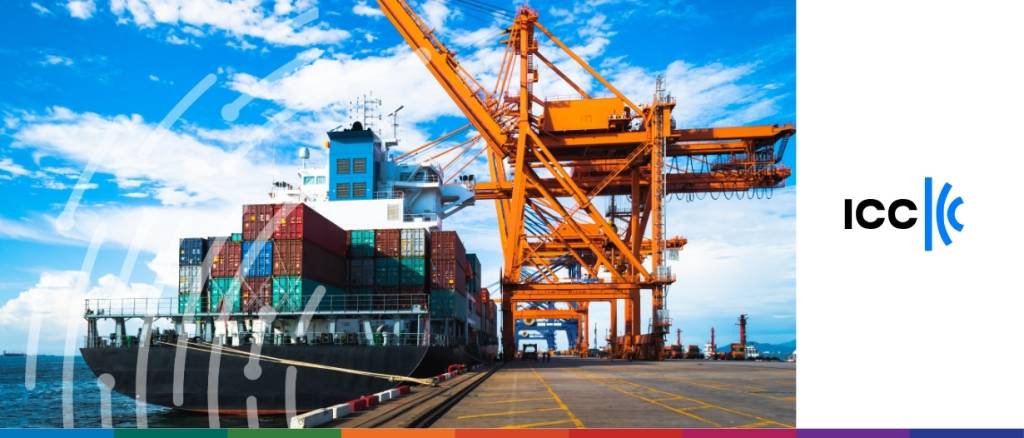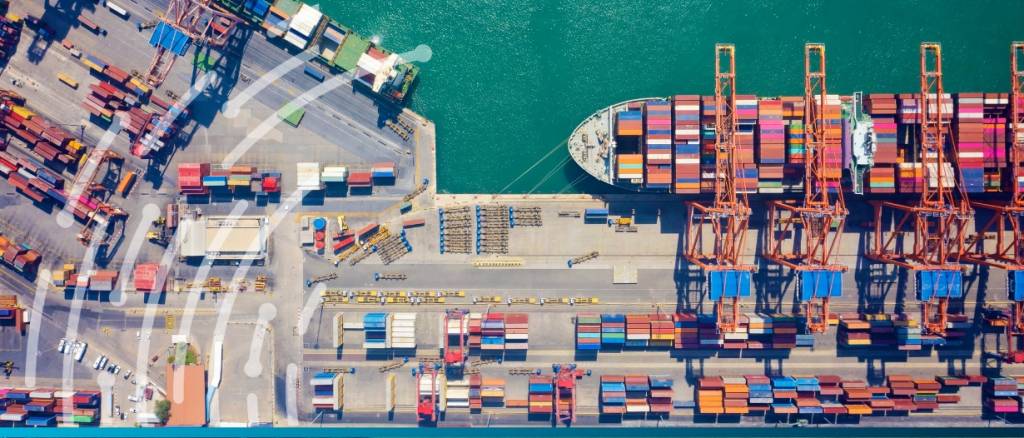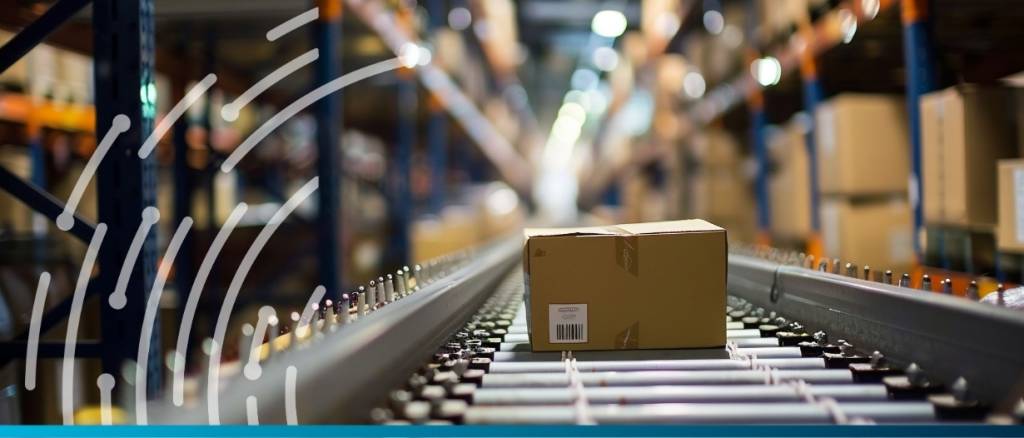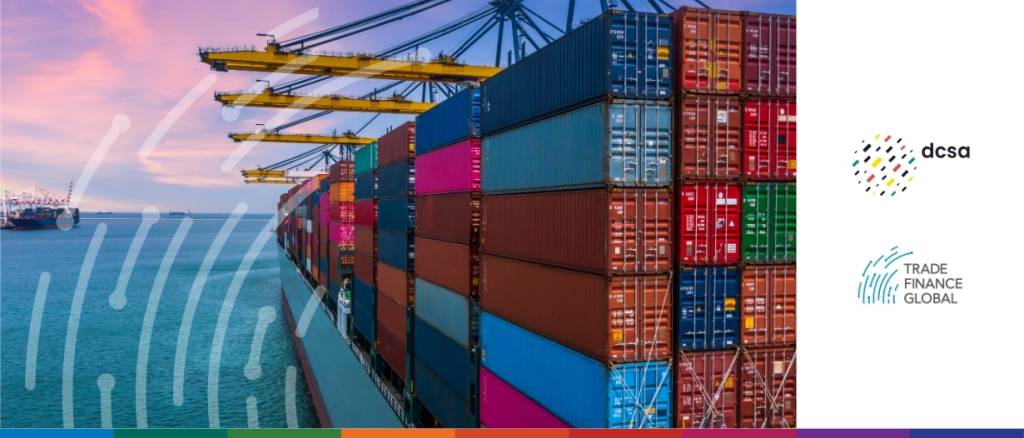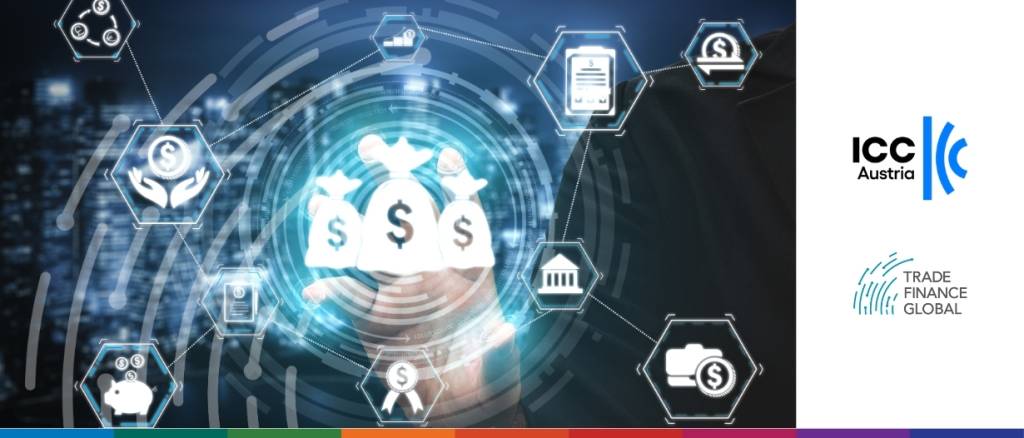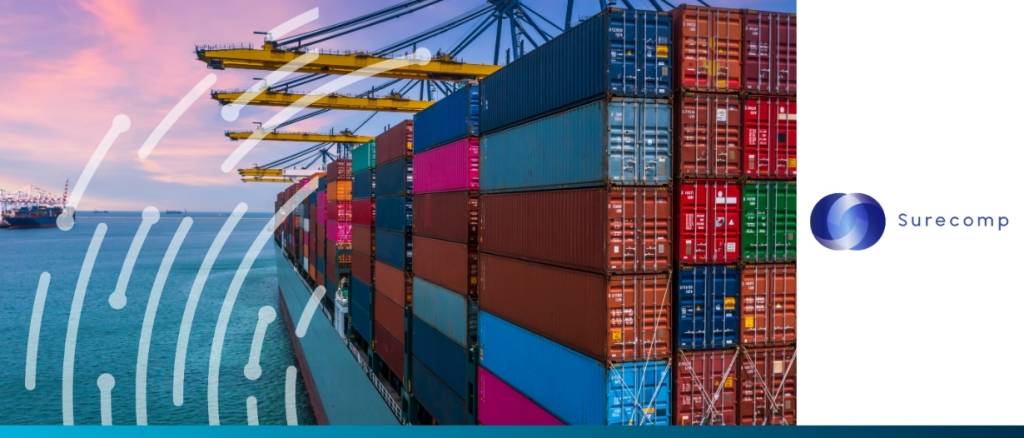Moderated by Patrick DeVilbiss, Senior Offering Manager at CGI, the panel combined banking and technological perspectives in exploring how red flags in trade finance and supply chains are evolving, and… read more →
Earlier this week, global trade technology company IQAX became the first in the world to have its electronic bill of lading (eBL) solution go live with the Digital Container Shipping… read more →
These include important updates on security, compliance, and transparency, intended to streamline trade and increase interoperability, made possible with a standardised end-to-end process regulating electronic Bills of Lading (eBLs). EBLs… read more →
According to a new report from the International Chamber of Commerce (ICC), international trade is becoming increasingly complex as countries erect barriers to widely used shipping terms.
As the year winds to a close we’re revisiting our predictions to see how well they measured up to reality. Let’s dive in!
The United Nations Commission on International Trade Law (UNCITRAL) is developing a comprehensive international convention to standardise negotiable cargo documents across multiple transportation modes, potentially transforming international trade documentation practices.… read more →
A coalition of major supply chain industry associations has thrown its weight behind the “declaration of the electronic Bill of Lading” (eBL). This development adds momentum to the commitment towards modernising international trade documentation.
To learn more about efforts to improve operational efficiency and sustainability in the shipping space through technological advancements, Trade Finance Global’s Brian Canup spoke with Chris Sunderman, Program Lead for Banks at the Digital Container Shipping Association (DCSA).
At ICC Austria’s Trade Finance Week in Vienna, Trade Finance Global sat down with Andrea Tang, Legal Services Director at the International Federation of Freight Forwarders Association (FIATA), to discuss a few of these developments.
Surecomp® has announced the completion of successful electronic bills of lading (eBL) transactions, bringing together multiple parties via its collaborative trade finance platform, RIVO™
